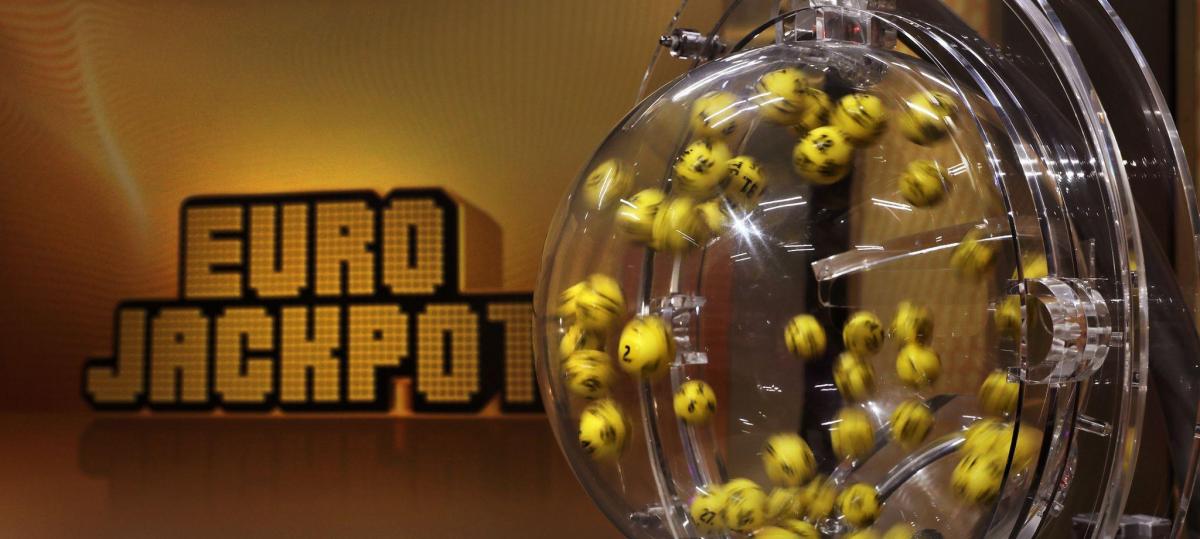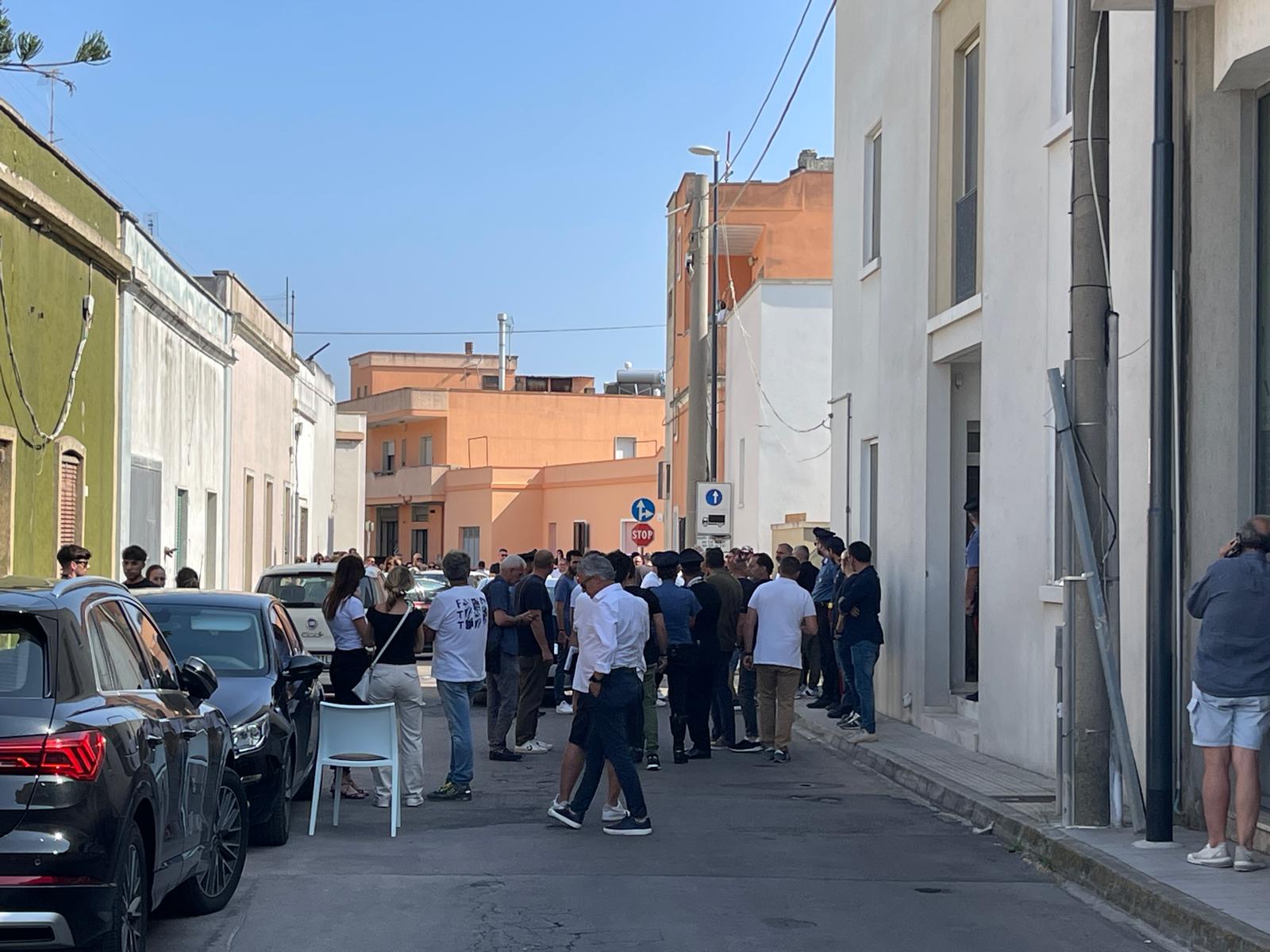Whistling women? KNVB has not had it for a long time

In October last year, Shona Shukrula was the first woman to lead a professional match in Dutch men’s football. A first. But also a somewhat late feat, because women in other countries have been playing men’s duels for some time.
Take Stéphanie Frappart, the first woman who led a duel during a men’s World Championship: the Costa Rica-Germany group match in 2022. Or Bibiana Steinhaus, who in 2017 was the first woman to whistle a match in the German Bundesliga. The then chairman of the German Football Association called her performance during Hertha BSC-Werder Bremen « Historical ». Under great pressure she had made the right decisions, he said.
But there was also dissatisfaction. And dissatisfaction with the dissatisfaction. When, in the run -up to Steinhaus’ debut on social media, Gemord got on the decision of the German Association to put her forward, the German football player Ilkay Gündogan left on X hear. « So you are all afraid that a woman will not do as well as the men you get about every week, » he wrote, and then express his respect for Steinhaus.
Anyone who wants to better understand how long the way is that Frappart, Steinhaus and Shukrula have traveled, must be on Friday’s book The women of ’61 From sports historian Jurryt van de Vooren reading. A bleeding book that shows how much resistance has always been against female referees in the most popular men’s sport. Based on scrapbooks, unknown archive documents and forgotten film images, Van de Vooren paints a picture of how things were going in the 1960s. At that time, female referees entered men’s football. For youth football players.
On September 11, 1961, the house organ of the KNVB department of Noord-Holland stated that three « pioneers » would lead youth competitions. Ineke Boom, Klaziena Laan and Nel Rentenaar had made their debut a few months earlier during the annual Adspirantendag in Alkmaar, the then largest boy’s tournament in the world. The charismatic Alkmaarse KNVB director Teun Bakker had invited them, partly due to a shortage of male arbitrators, for a shortened referee course. In secret they were prepared for perhaps the most important performance of their lives.
The women did so well that Bakker wanted to use them more often. Very much to the dissatisfaction of the KNVB Bondsborn in The Hague, which female referees called « a shame for the sport », and wanted to make more work on attracting men. Federal President Toon Schröder did everything to prevent women from whistling competitions of men. They were not even a member of the KNVB, he said, because only men were allowed to become a member. In fact, women were not allowed to play football at that time. The first official competition of the national women’s team would only be played ten years later. As a reader you also get a lot of that history – footballing women in the Netherlands.
Bakker and Schröder were directly opposed to each other, and when diplomacy did not offer a solution, a vote during the federal meeting on November 3, 1962 was planned. With 66 votes against and sixteen against, it was determined that from now on female referees were allowed to whistle matches for boys up to the age of fourteen. After that it would take another 62 years for Shukrula as the first woman to whistle a Male Pros competition. Langer than Boom, Laan and Rentenaar (the first three female KNVB members) had thought possible.
Van de Vooren calls « difficulty » the arrangement of the KNVB against women over the years. « Especially in the 21st century it seems to be going a bit better, with good intentions, but certainly not in the period before, » he says. During his research for the book, he surprised how little is known about the female share in football culture, such as volunteers, donors and supporters. « And how far that goes back, despite all the opposition and exclusion. »
It was not easy to detect the pioneers from the past, he says, because in 1961 they all still had their birth name, which they no longer used after their marriage. With a little luck he came to the email address of Rentenaar, with whom he went for coffee. She pressed him into a scrapbook that forms the basis for his book, just like the scrapbooks of the other two main characters.
Laan, who no longer lives, turned out to have kept the outfit that she was wearing during her debut in 1961. ‘Found in a attic in Alkmaar: the first outfit in the world of a female football referee’ is above a press release from March of this year, in which it is announced that a book is playing a starring roll. Smartly done, I thought.
According to Van de Vooren, the assumption is that women did not like football at the time. According to him, best proof is the flow of positive reactions to an article in Weekblad Evain 1961, about one Joan Edwards from England, who was not allowed to play football, and then became a coach of a boy team. The editors wanted to know whether that was inappropriate. Or very normal.
Part of the responses to the article is included in the book. The craving is almost palpable, sometimes at the painful. So a reader sighs that she would have liked to have been a boy so that she could play football. Van de Vooren: « Because of the double exclusion on the field and at the meeting tables, women only never had the opportunity to express their love for the sport. »
The Alkmaarse KNVB director Teun Bakker had taken care of those sounds. And he had decided to defy the rules of his own association. It is a pity that no people from the area of the baker who died in 1977 spoke of the Vooren, because I am curious who the man was and what Dreef.
« My book is also an ode to Bakker, and therefore an ode to disobedience, » he says. « Rules are important, but often not. »


/s3/static.nrc.nl/wp-content/uploads/2025/06/17165616/web-1706BINtimmermans.jpg)
:format(webp)/s3/static.nrc.nl/bvhw/files/2023/12/data109151000-eaa6de.jpg)




